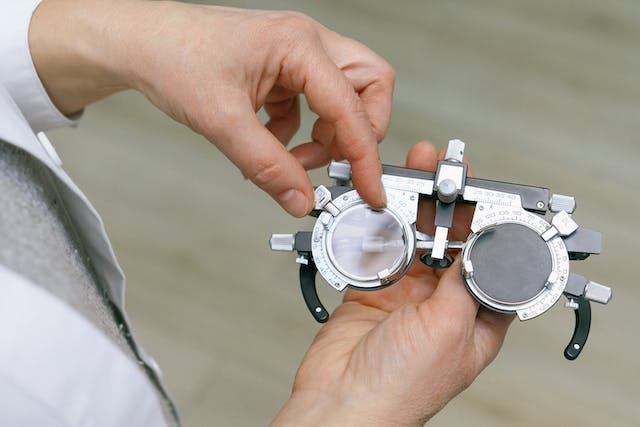Overview:
Massage therapy is a widely used treatment for reducing physical discomfort and enhancing general well-being. It is an age-old healing practice with origins in many cultures worldwide. Massage therapy seeks to alleviate pain, increase flexibility, and promote relaxation by expertly manipulating soft tissues, such as muscles, tendons, ligaments, and fascia. Massage therapy has several advantages for people with musculoskeletal complaints, regardless of whether it is used as a stand-alone treatment or in conjunction with other interdisciplinary healthcare methods. By becoming aware of the underlying theories, methods, and scientific data behind massage therapy, people can feel more equipped to use this natural healing modality in their health routine and benefit from the transforming powers of therapeutic touch.
Being Aware About Massage Therapy
Massage therapy is a broad field that includes a variety of methods and strategies designed to manipulate soft tissues in order to improve general well-being, reduce pain, and encourage relaxation. Trained massage therapists apply pressure, knead muscles, and manipulate tissues in a variety of ways using their hands, fingers, elbows, and forearms. Massage therapy techniques vary depending on the individual needs of the client and the specific goals of the session. It might involve soft, calming strokes or deeper, more targeted manipulation of trigger points and muscular knots.
The Symptoms That Massage Therapy Treats:
Many musculoskeletal complaints and diseases, such as muscle tension, stiffness, pain, and reduced range of motion, can be successfully treated with massage treatment. Numerous things, such as physical activity, bad posture, injuries, stress, or underlying medical issues, might cause these symptoms. Massage therapy tries to release muscle knots, increase tissue mobility, and promote circulation by focusing on regions of muscular tension and dysfunction. This reduces discomfort and encourages relaxation.
Methods and Approaches:
A wide range of methods and approaches are included in massage treatment, each having specific advantages and uses. Long, flowing strokes and light kneading are hallmarks of Swedish massage, which enhances circulation, releases tension in the muscles, and encourages relaxation. In order to reach deeper layers of muscle tissue and release chronic tension and adhesions, deep tissue massage uses specialized methods and harder pressure. Other techniques offer customized approaches catered to certain requirements and ailments, like trigger point therapy, myofascial release, sports massage, and lymphatic drainage.
Disorders Handled by Massage Therapy:
Massage therapy is frequently used for relaxation and stress relief, as well as for the management of a variety of musculoskeletal disorders and symptoms. Back pain, neck discomfort, shoulder strain, headaches, fibromyalgia, osteoarthritis, and sports injuries are among the common illnesses that are treated with massage treatment. Furthermore, massage treatment might help with anxiety and depression reduction, accident or surgery recovery, better sleep, and general quality of life enhancement.
Support Based on Evidence:
Numerous studies have shown that massage therapy is both safe and effective for treating musculoskeletal disorders, and this evidence is still growing. Massage treatment has been linked to significant reductions in pain intensity, increases in muscular function, and improved quality of life in people with a variety of musculoskeletal diseases, according to meta-analyses and systematic reviews. Additionally, research has indicated that massage treatment may assist lower the need for painkillers, lower healthcare utilization, and raise patient satisfaction.
Integration with Medical Procedures:
In order to give patients comprehensive and well-coordinated care, massage therapists are working in tandem with other medical professionals to include massage therapy into standard healthcare procedures. Patients receiving interdisciplinary approaches to musculoskeletal health can benefit from a comprehensive and individualized treatment plan that incorporates massage therapy along with physical therapy, chiropractic adjustments, acupuncture, and other complementary treatments. Patients might gain from a more thorough and efficient treatment plan that takes into account their particular requirements and objectives by encouraging collaboration and communication among healthcare providers.
Verdict:
A natural and comprehensive method for easing muscle soreness and enhancing general wellbeing is massage treatment. Massage therapists use expert manipulation of soft tissues to help people with musculoskeletal complaints relax, relieve pain, and release tension. With the backing of empirical research and growing integration into conventional healthcare procedures, massage therapy offers patients a safe, natural, and efficient means of pain management and optimum musculoskeletal function. Those who seek holistic remedies for musculoskeletal issues and include massage therapy in their wellness regimen can benefit from enhanced health, vitality, and quality of life due to the healing properties of touch.




